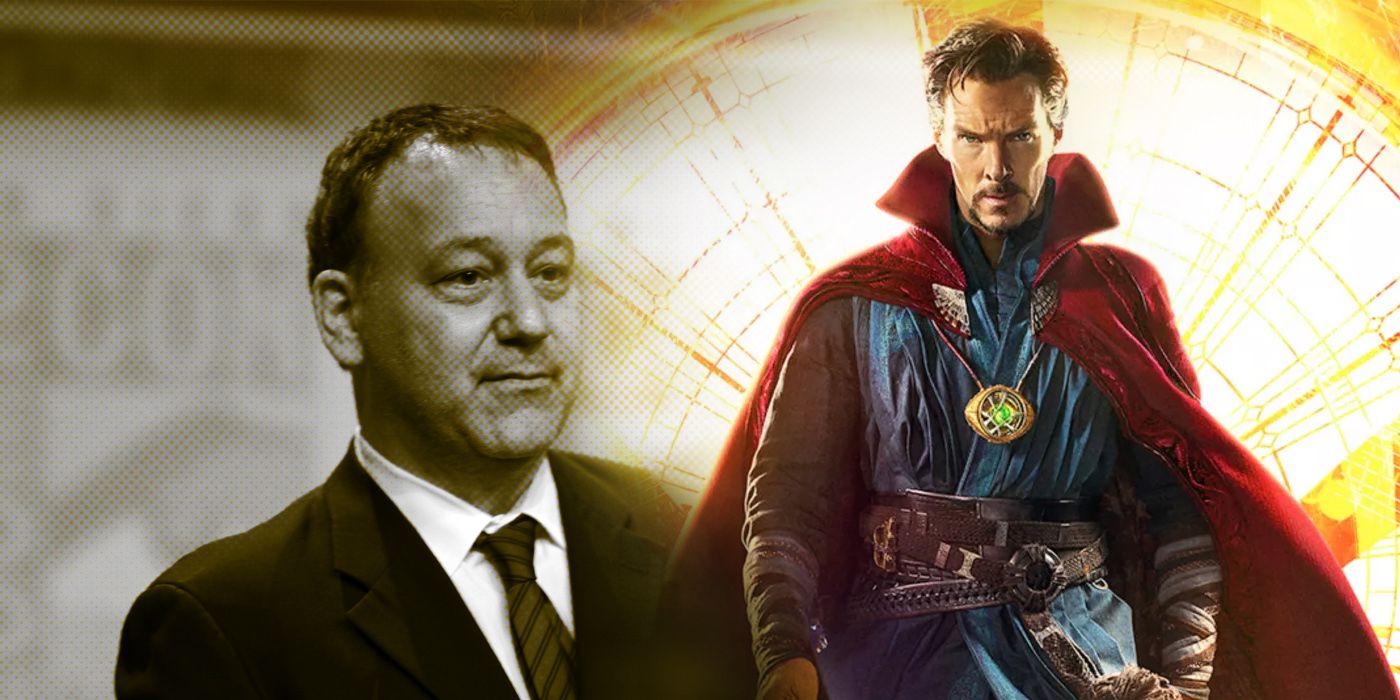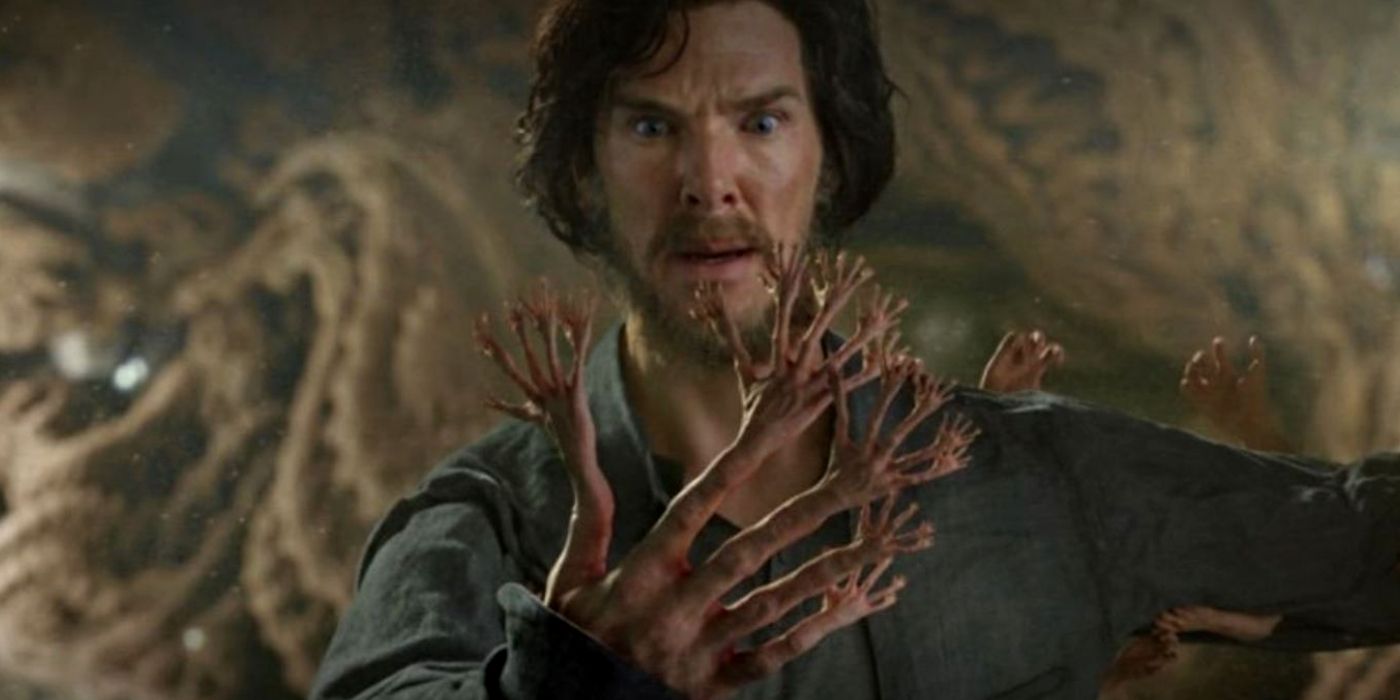While 2016’s Doctor Strange was fairly well-received, it hardly set the world on fire; Doctor Strange in the Multiverse of Madness is, therefore, looking to reinvent the character (like 2017’s Thor: Ragnarok), with acclaimed horror director Sam Raimi at the helm. Directed by Scott Derrickson, the first Doctor Strange film — while unique in some regards — failed to make a big impression, offering little (beyond a few, trippy setpieces) that audiences hadn’t seen before. The film’s claim to fame? Introducing supernatural elements to the Marvel Cinematic Universe; long present in Marvel’s comic book continuity. Stuck with telling Strange’s origin story, Derrickson’s film feels like a prelude to something bigger and better — hampered by the character’s prior lack of mainstream exposure and, therefore, unable to fully commit to the more outlandish aspects of his world.
With James Gunn’s Guardians of the Galaxy films and Taika Waititi’s Thor: Ragnarok, especially, Marvel have finally plucked up the courage to explore the zanier corners of their comic book history onscreen; realizing that, while a certain tonal consistency ought to be felt throughout the MCU, the envelope could be pushed a lot further than the creative team likely initially thought possible — without alienating the MCU's mainstream audience. The team also seems to have realized that the superhero genre can, and should, be combined with other subgenres to maintain a sense of variety across the company’s numerous releases. With this in mind, Marvel seem keen to revivify Doctor Strange via a shift in genre, transplanting their Sorcerer Supreme into a horror movie for the sequel, courtesy of director Sam Raimi.
Raimi’s place in the pantheon of legendary horror directors cannot be overstated, having created the celebrated Evil Dead franchise at just twenty years of age, and his contributions to the superhero genre are equally notable — directing Marvel’s Tobey Maguire-led Spider-Man trilogy, before the genre (and Marvel) became a ubiquitous part of the cinematic landscape. While PG-13 horror movies can be successful (A Quiet Place serving as the perfect recent example), it’s still a bold proposition for a mainstream franchise like the MCU to veer into such traditionally divisive territory. Raimi, then, couldn’t be a better choice to helm such a project; possessing experience and flair in droves that, like Ragnarok proved for Thor, are necessary to set Doctor Strange apart from his more conventional superhero counterparts.
Raimi’s visual style is unparalleled, utilizing odd angles and kinetic camera-work to create heightened worlds that, fittingly, feel like a comic book brought to life. While the MCU has received a paint-job in recent years (becoming comfortable with bolder color palettes), aside from a few choice sequences, the staging and shot-types tend to be fairly functional. Raimi is likely to rectify this; the camera feeling like a character in its own right, rather than simply a recording device, in much of his work. What’s more, Raimi has extensive special effects experience — from low-budget efforts, like The Evil Dead, to studio blockbusters like Oz the Great and Powerful — with a knack for blending practical and digital effects. If Doctor Strange in the Multiverse of Madness is as Lovecraftian as its title implies, expect some grotesque creatures straight out of Raimi’s Evil Dead playbook, as well as the odd possession or two courtesy of Elizabeth Olsen’s returning Scarlet Witch.
While tonal clashes are an obvious concern when introducing horror (a strong flavor) into the MCU, Raimi’s sensibilities tend to skew towards horror-comedy and, thus, should bridge the gap well. Comedy has been at the heart of the MCU’s success since day one, and actually functions much in the same way as horror: with a set-up, followed by a punchline, after which the audience either laugh or scream. Raimi understands this connection and is able to blend the two seemingly disparate tones, as seen in the Evil Dead movies (with Evil Dead II among the best horror-comedies ever made). Even his Spider-Man trilogy contained a lot of tonal juggling — with Doc Ock’s violent lab awakening from Spider-Man 2 sitting alongside frothy rom-com montages and spectacular action setpieces. Like Thor before Ragnarok, Doctor Strange needs a jolt in the arm — and Sam Raimi’s Doctor Strange in the Multiverse of Madness looks set to provide it.


